Botanical illustration
At the interface between science and art
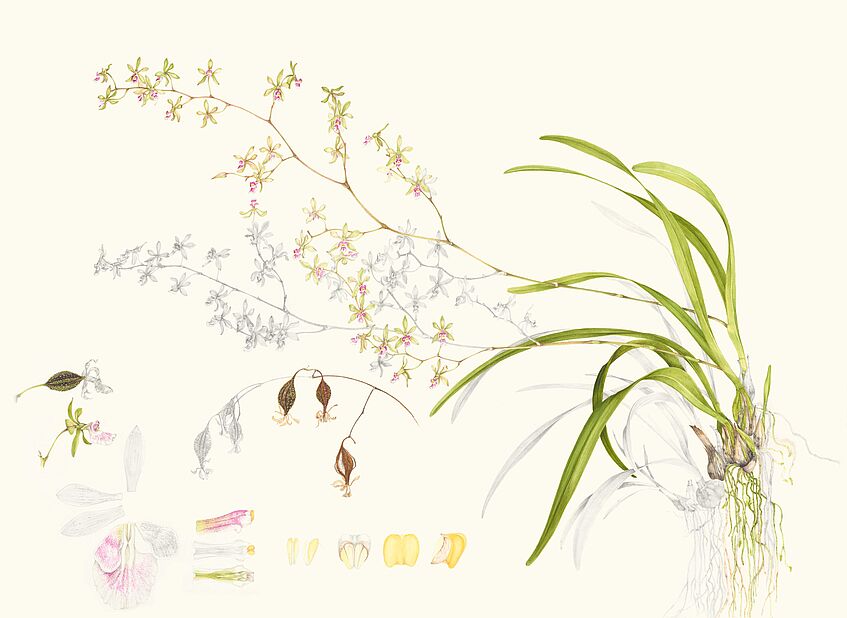
Encyclia mooreana © M. Pertl
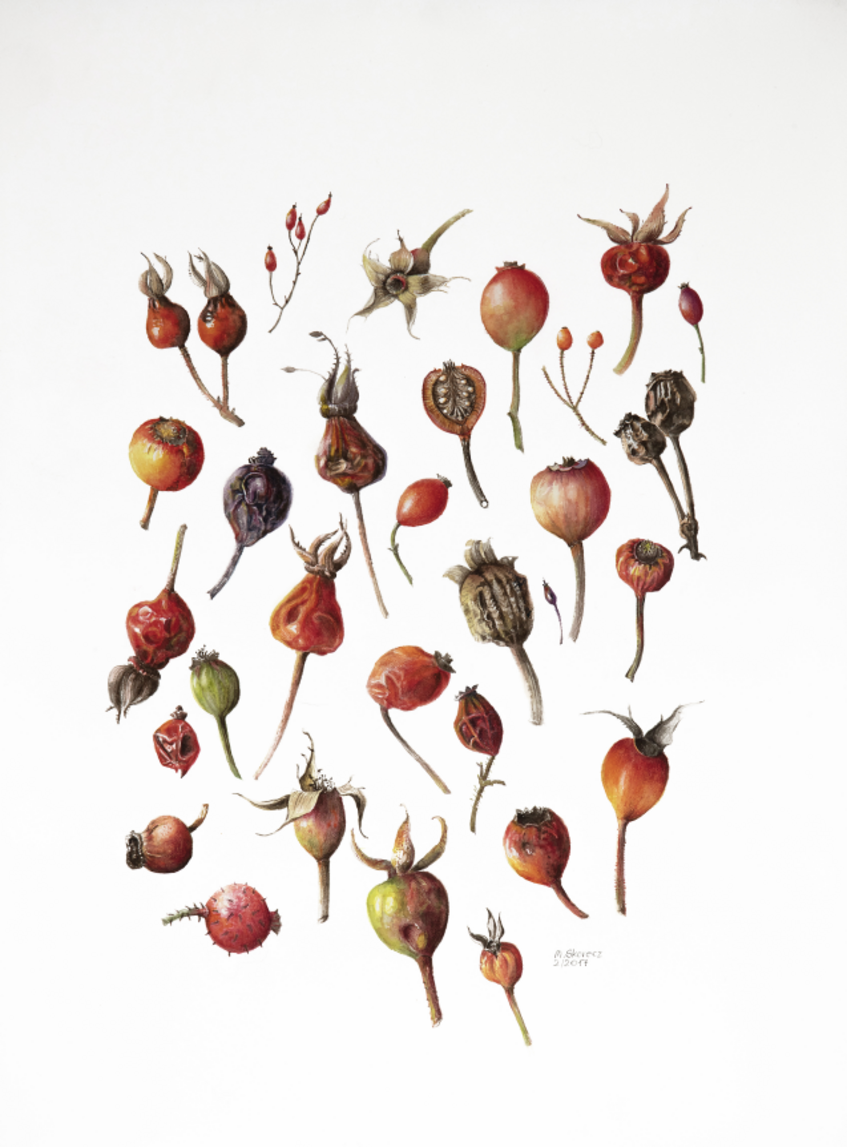
Hagebutten © Mischa Skorecz
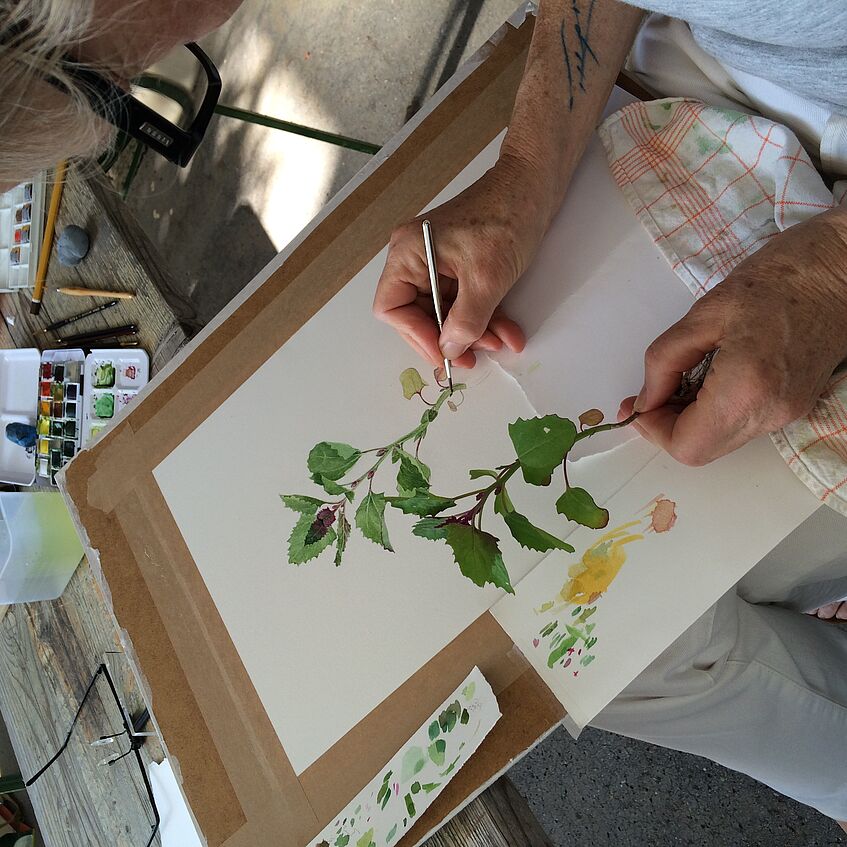
Malen nach der Natur © Wiener Schule der botanischen Illustration
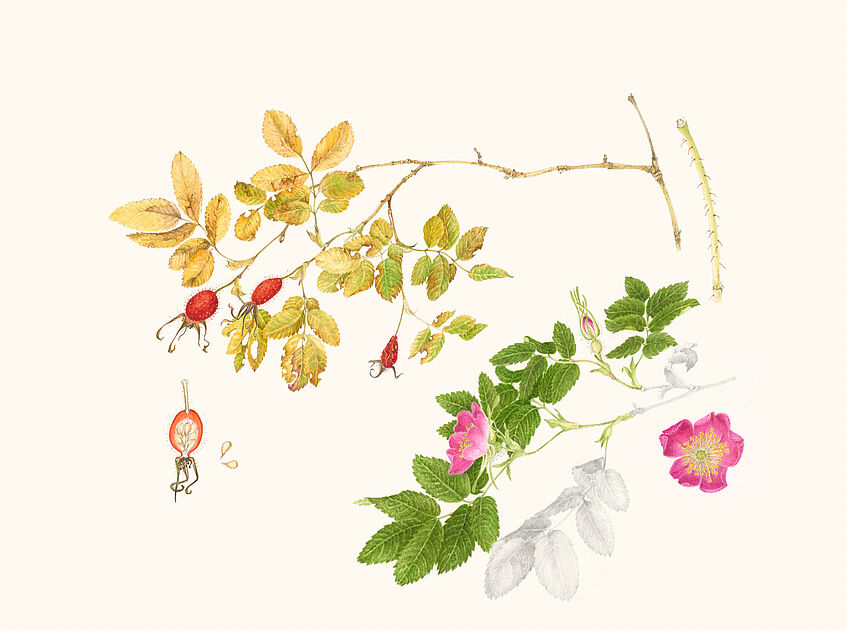
Rosa pendulina © M. Pertl
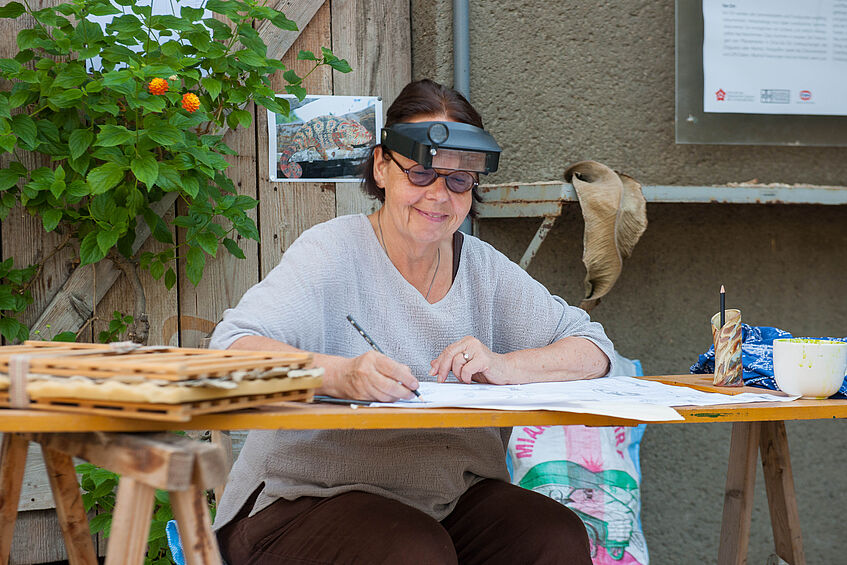
Margareta Pertl © BGUW_R. Hromniak
Botanical illustration has a long history at the Botanical Garden. As far back as the 18th century, the Garden's director Nikolaus Joseph von Jacquin instructed painters in how to correctly portray plants. The idea was for them to accurately render every detail of the plants he collected during expeditions.
Plant illustrations continue to play an important role in science even today. The trained eye of illustrators can reveal features that the camera simply cannot capture. As opposed to a photograph, an illustration has the advantage of being able to render the plant in its entirety. All the characteristic features of a plant – from the root to the flower – can be portrayed next to one another. The same holds true for the temporal succession of stages from bud to fruit.
Correctly depicting plants requires more than merely botanical knowledge and an eye for scales and proportions. A feeling for the right colors is also necessary, a case in point being the innumerable shades of green in the plant kingdom or the incredible color nuances of flowers and fruits. All these talents make plant illustration an artform that yields exceptionally aesthetic pieces.
In cooperation with the decorated artist Margareta Pertl and the Vienna School of Botanical Illustration, the plants from the Garden's collection are often illustrated (for example Vanilla and Bulbophyllum). Courses in botanical illustration are held at regular intervals. The artwork produced by the illustrators is often on display both in and outside the Garden walls. The artists are currently participating in a project designed to portray the plants that Garden director Jacquin collected in the 18th century.
Additional information:
Courses on botanical illustration
www.margaretapertl.com
Vienna School of Botanical Illustration (Wiener Schule der Botanischen Illustration)
